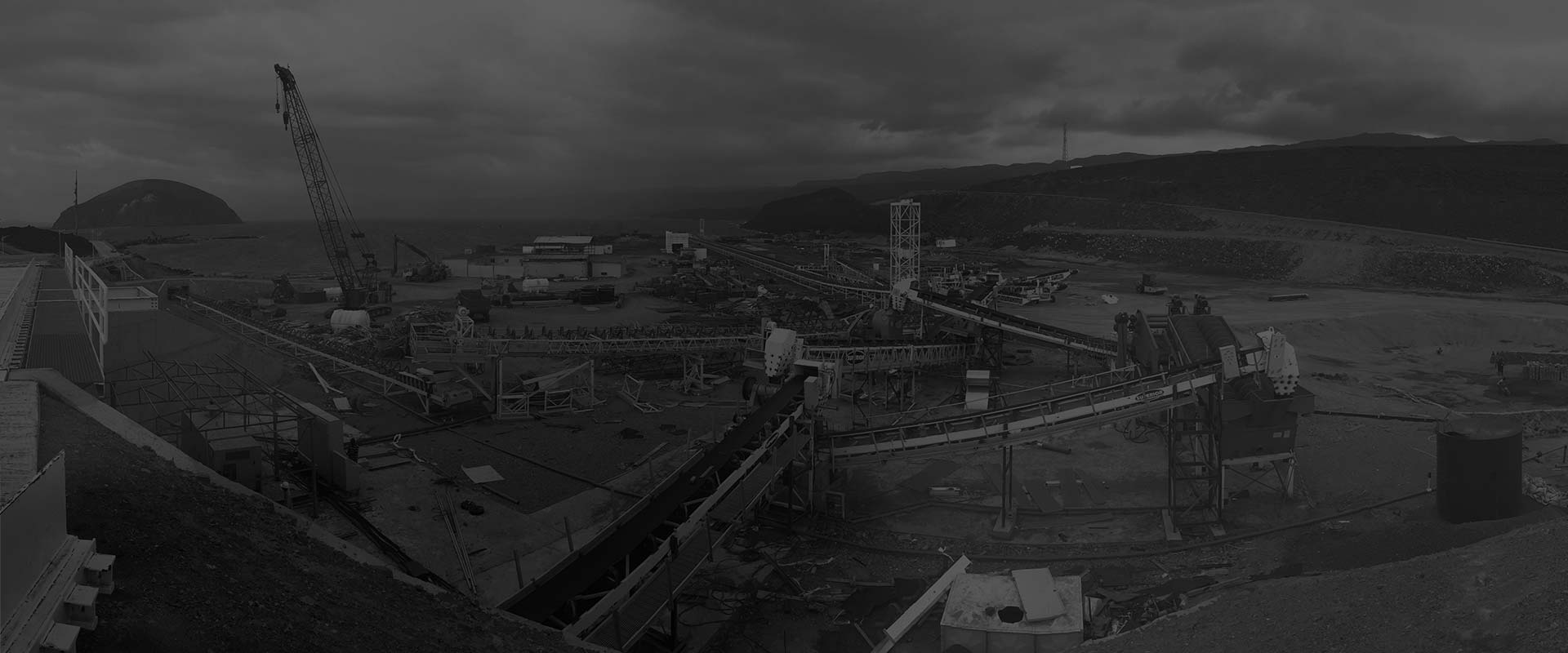0086-379-64087240
According to the different grinding methods, we can divide ball mills into two types: dry ball mills and wet ball mills. Wet ball mill has a wider range of applications, but in some specific conditions or for materials with special properties, dry grinding ball mill is also essential milling equipment. So, what materials are suitable for wet ball mills and dry ball mills? Apart from the different applicable materials, what are the other differences between dry ball mills and wet ball mills? This article will provide the answers.
Generally, dry grinding ball mill is suitable for various metal ores and non-metallic ores, including materials that react with water, such as cement, marble, and other building stones, or products that require storage and sales in powder form. In addition, if the plant is located in a dry area with limited water resources, dry ball mills can be used for water-saving purposes.
Wet ball mill has a wide range of applications and can handle various metal ores and non-metallic ores, including gold, silver, copper, iron, molybdenum, phosphate, feldspar, and fluorite, etc. As long as the material is not affected by water quality, wet ball mills can be used. Ores that need to be beneficiated are usually processed using wet ball mills. However, it is necessary to conduct ore dressing tests to determine the ratio of steel balls, materials, and water to ensure an ideal grinding effect. Ultimately, the choice of milling equipment depends on subsequent milling operations, product properties, and production costs.
Dry ball mills use a grille-shaped discharge port, with smooth material discharge, no over-grinding phenomenon, no need for cylinder cooling, long service life, and low failure rate. Wet ball mills have better performance and higher grinding efficiency. They require a lower ore moisture content. Moreover, they have fewer auxiliary devices and simple material transportation equipment, so the investment is about 5% to 10% lower than that of dry ball mills. From the perspective of economic benefits of milling operations, most mines and plants prefer to use wet ball mills because of their strong adaptability to materials, continuous production, and high crushing ratio. Wet ball mills produce finer grinding results and are better at ore beneficiation.
Differences in working principles:
When dry ball mills are operating, materials enter the first compartment of the mill uniformly through the feeding device, where they encounter stepped or ball mill liner and steel balls of different specifications. The centrifugal force generated by the rotation of the mill body brings the steel balls to a certain height and they fall, crushing and grinding the material. After coarse grinding in the first compartment, the material enters the second compartment through a single-layer compartment board, where it is further ground by steel balls of different specifications. Qualified materials are discharged through a discharge sieve plate to complete the milling operation.
Wet ball mills have a working principle similar to that of dry ball mills, but there are some differences. During the grinding process of ball mill grinding machine, wet ball mills require a certain amount of water or anhydrous ethanol to be added, which means that the concentration of ground ore needs to be controlled. The amount of water required depends on the properties of the material. Qualified materials are discharged from the mill through the discharge part, while unqualified materials return to the wet ball mill for further grinding.
Differences in structural construction:
Both dry ball mills and wet ball mills include main parts such as feed, discharge, rotation, and transmission (reducer, small transmission gear, motor, and electrical control). However, the structural construction of dry ball mills is more complex than that of wet ball mills. Dry ball mills have a straight barrel-shaped discharge port and are equipped with wind guide devices, dust pipes, and dust collectors, in accordance with their working principles. Wet ball mills have simpler structural construction and do not require too many auxiliary parts. Their discharge ports are funnel-shaped, and they are equipped with an internal screw device to facilitate material discharge.
